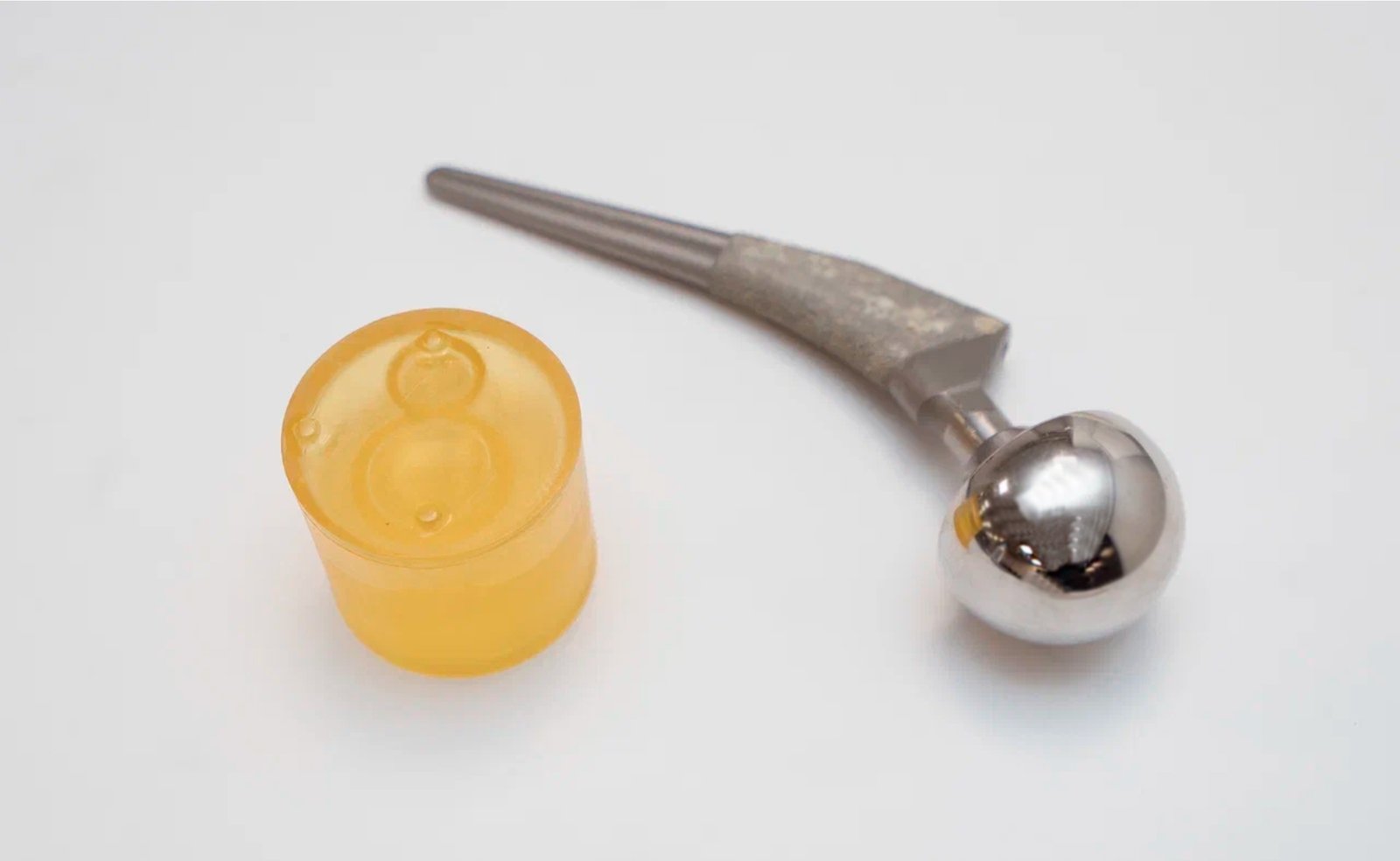Moscow Researchers Develop 11 Medical Phantoms to Enhance MRI Accessibility and Precision
30 January 2025 | Thursday | News

The recent development has improved the accessibility of magnetic resonance imaging (MRI) technology. Researchers in Moscow have successfully developed 11 medical phantoms that accurately mimics human tissues, organs, and anatomical structures. These advancements assist healthcare professionals in conducting diagnostic procedures more effectively. This information was shared by Anastasia Rakova, Deputy Mayor of Moscow for Social Development.
Phantom Functionality and Applications
"Phantoms are durable and realistic products that mimic human anatomy. Some are utilized for training young professionals and refining the skills of experienced medical professionals, while others are employed for calibrating diagnostic equipment." said Rakova. The development of these phantoms allows specialists to practice essential techniques for conducting imaging studies and prepares devices for various procedures. Among the latest innovations is a prostate phantom, which has already seen successful implementation in clinical settings.
Addressing Clinical Challenges
MRI is currently the most widespread technique to detect prostate cancer; however, the presence of artificial metal implants in older patients often complicates this type of imaging. This necessitates adjustments to the MRI protocol prior to examinations. To address this issue, scientists at the Center for Diagnostics and Telemedicine of the Moscow Healthcare Department have developed the first in-house prostate phantom, which allows for device calibration without requiring patient involvement.
"Metal implants can complicate the interpretation of MRI results significantly. Our objective was to tackle a critical clinical challenge: minimizing errors associated with metal hip implants during prostate MRI scans. These implants can not only cause distortions but also affect the accuracy of quantitative measurements. Developing a new scanning protocol is time-consuming, which can prolong the examination process and disrupt scheduling within diagnostic facilities. Moreover, adjustments made during the examination may lead to heating of the implant, resulting in patient discomfort. By utilizing a phantom, we can perform necessary adjustments in advance, thereby mitigating these risks," explained Yuri Vasilev, Chief Consultant for Radiology of the Moscow Healthcare Department and CEO of the Moscow Center for Diagnostics and Telemedicine.
Previous Innovations and Future Directions
In addition to the prostate phantom, researchers recently introduced fetal phantom, designed to optimize MRI protocol for pregnant women. This tool not only aids in training physicians and X-Ray technicians but also serves as a benchmark for equipment standards in clinical practice and the development of new research protocols.
The Centre for Diagnostics and Telemedicine is a leading scientific and practical institution within the Moscow Healthcare Department, focusing on the creation of phantoms and medical simulators, as well as the provision of educational courses. Since its inception in 2013, the Center’s employees have produced over 800 scientific papers, including articles, methodological guidelines, monographs, and teaching materials.
This project aligns with national healthcare objectives aimed at enhancing the quality and accessibility of medical care for residents of Moscow.
Most Read
- How Health Systems Are Reshaping Drug Adoption, Partner Models, and Market Access in 2026
- Top 25 Biotech Innovations Redefining Health And Planet In 2025
- The New AI Gold Rush: Western Pharma’s Billion-Dollar Bet on Chinese Biotech
- Top 25 Biotech & Biopharma Leaders in Sustainable Innovation, 2025
- China’s Biopharma Dealmaking Surges in H1 2025, Driven by Record Licensing and Oncology Focus
- Chikungunya in China: How a “Forgotten” Arbovirus Found the Perfect Storm
- How Innovation Gaps in Biopharma Raise New Safety Concerns
- Smart Implants and the Future of Musculoskeletal Injury Treatment
- How Ethical Gaps in Psychiatry Could Undermine Biopharma Progress
- The Evolving Landscape of Women’s Health Innovation in the Asia-Pacific
- Using NLP-Driven Decision Support in Emergency Health Assistance
- Taiwan Steps Into the Global Spotlight With a New Cancer Therapy
- The Role of Unique Device Identification (UDI) in Tracing Medical Device Safety
- The Importance of a Patient’s Mental Health During Clinical Trials
Bio Jobs
- The State of Biotech and Life Science Jobs in Asia Pacific – 2025
- Avantor’s New CEO Ligner Aims to Unlock Global Potential and Deliver Shareholder Value
- AstraZeneca Commits $50 Billion to U.S. Expansion by 2030 in Biggest-Ever Global Investment
- Thermo Fisher, SAMRC, and South Africa’s Department of Science and Innovation Launch CATIR to Nurture Next-Gen Scientists
- Cube Biotech Appoints Former Sartorius CEO Dr. Joachim Kreuzburg to Board of Directors
- FDA’s AI Transition Marks a Turning Point in Drug Review: Industry Faces Pressure to Adapt Amid 20% Workforce Cut
- WuXi XDC Completes Mechanical Build of Singapore Bioconjugate Manufacturing Hub
News
Editor Picks











